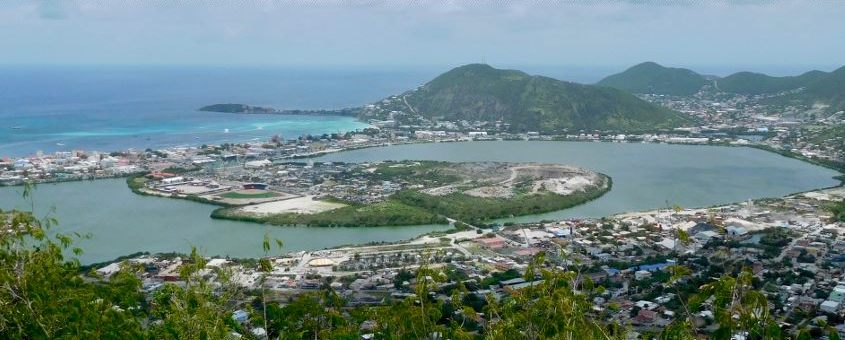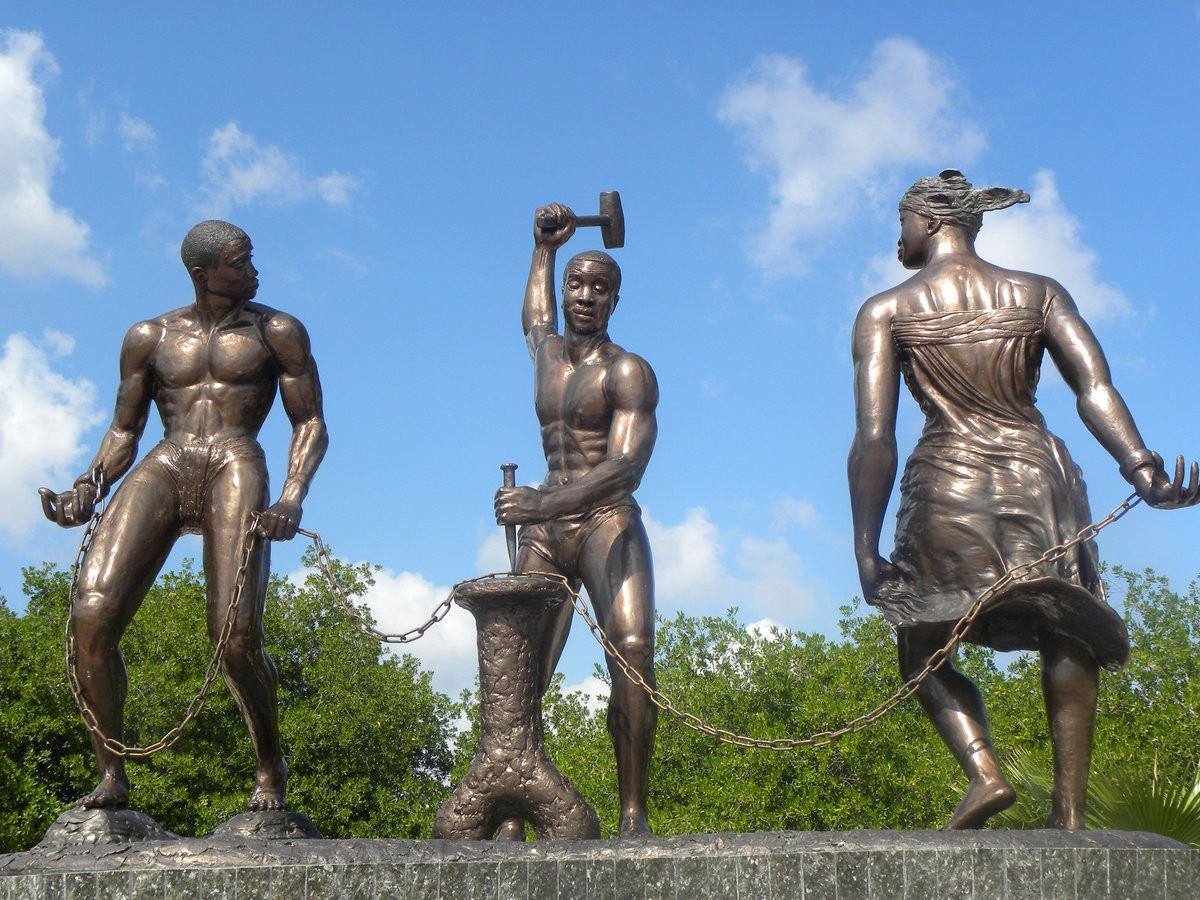PHILIPSBURG – “When I arrived here in 1973 there was not one house surrounding the lagoon.” Elsje Bosch, former director of the St. Maarten National Heritage Foundation recalls. Today that is very different; little space is left undeveloped along St. Maarten’s Simpson Bay Lagoon.
Kippy Gilders, project manager at Environmental Protection In The Caribbean (EPIC), is currently researching the economic value of St. Maarten’s lagoons and ponds. Her extensive report will take over a year to complete, but once it is concluded, it will be presented to government and stakeholders in efforts to protect the remaining wetlands.
Gilders held a community meeting recently to discuss priorities according to the public, when it comes preserving and protecting the island’s ponds and lagoons. The small group that attended the meeting expressed their excitement about the report that aims to put an economic value to the wetlands: “It is money – not conservation that talks on St. Maarten”, Falco Vliegen, a resident on the island says.
Ecosystem services
“Wetlands are one of the most undervalued ecosystems in the world because they are misperceived as ‘wasteland’”, Gilders explains.
Intact wetlands can provide a number of important ecosystem services in form of products such as providing food, medicinal plants and building materials. They also provide water purification, storm protection, flood mitigation and provide a vital habitat for 12 percent of the world’s species.
“During the migratory season we can see over 40 species of birds on one tour” – Ilja Botha, founder of eco-tour company Sea Grape Tours.
St. Maarten’s wetlands also have a significant cultural value. “The main reason why St. Maarten was colonized was due to the salt in in our Great Salt Pond”, Bosch says.

Top: Great Salt Pond – 1920’s – picture from book ‘Beyond the tourist trap’ (2005)
Below: Great Salt Pond – 2017 – picture by Kippy Gilders
Less wetlands more floods
In the 1920’s St. Maarten had eighteen ponds, today due to development, only four remain; Welgelegen Pond, Fresh Pond, Red Pond and the Great Salt Pond. The latter has been filled in significantly over the past decades, decreasing nearly half its size.
Bosch: “We have been trying to stop the filling of our ponds and lagoon for years”. Great Salt Pond was officially registered as a monument in 2009. Yet a year later, the pond was further filled in to construct a ‘ring road’, which has not been completed to this day.
According to a government commissioned report titled “Report Great Salt Pond water storage capacity (2009)” carried out by Lievense Consulting Engineers, with the construction of the ring road, the Great Salt Pond’s water storage capacity would be 110,4 hectares. This is just 1,4 hectares above their recommended minimum storage capacity of 109 hectares.
Falco Vliegen: “It is no wonder that we are experiencing more flooding today in the Philipsburg area.”
Education is key
“One of the biggest threats to our wetlands is that our population does not know about the value of our wetlands”, adds Rueben Thompson, a well-known environmental advocate on the island.
“We don’t need to reinvent the wheel, other islands in the Caribbean have already taken successful steps to protecting their wetlands”, concludes Gilders.








